The City of Adelaide Prize identifies the most significant and influential and gosh-darn beautiful architecture and design projects in postcode 5000. But there's more to design than beauty - we speak to three finalists Matiya Marovich, Claire Kneebone, and David Riggs about the power of design.
Adelaide’s best designers on the city they see post-rona
The city’s favourite places can bee seen today in stark relief against the receding tide of human traffic as Adelaide’s average 300,000 daily visitors avoid the CBD and instead hole up at home – doing their civic duty – to stop the spread of the coronavirus.
The City of Adelaide Prize is a category within the prestigious South Australian Architecture Awards Program with a total of nine projects short listed.
As this is a people’s choice award, we highly encourage you to contribute your thoughts on what the best project is and vote for your favourite here.
Standing more plainly and, perhaps, more poetically against this empty space are some very special architecture and design projects in postcode 5000, their meaning and their influence augmented by our new and less social reality.
As this year’s media partner for the City of Adelaide Prize, CityMag wanted to give the creative minds behind each project a platform to discuss the role of design in building a better city and what role design and architecture should play in rebuilding Adelaide after the huge social and economic hit we’ve taken as a result of COVID-19.
Paloma Bar and Pantry
By Claire Kneebone and Folland Panozzo Architects
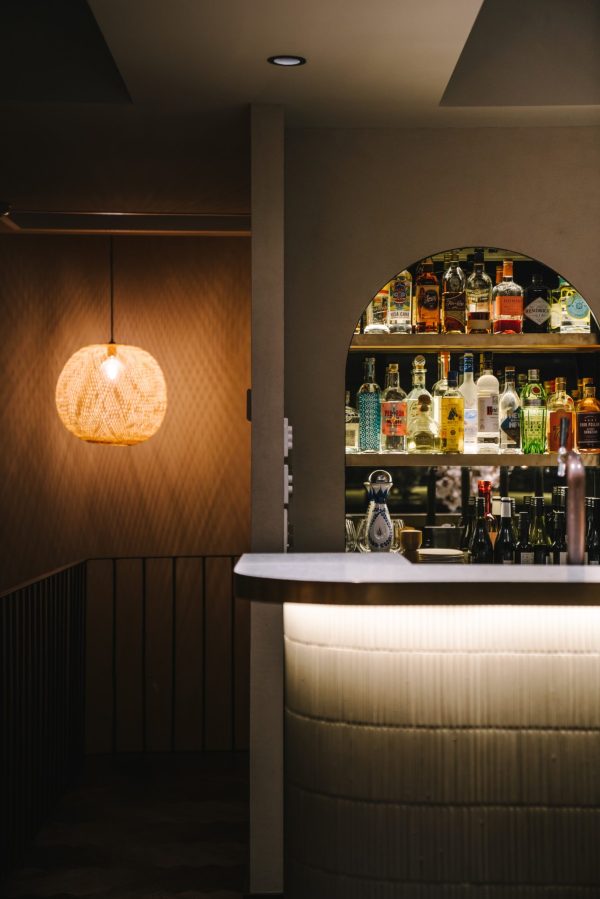
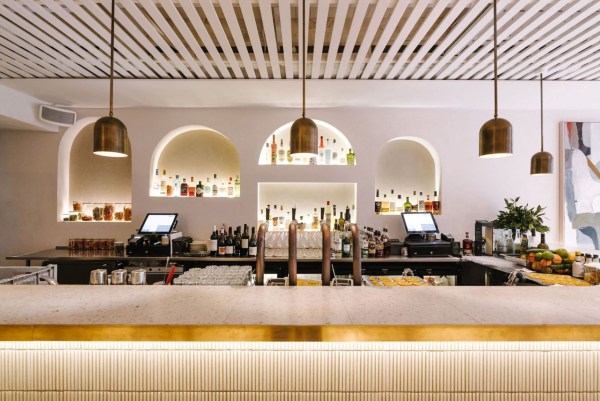
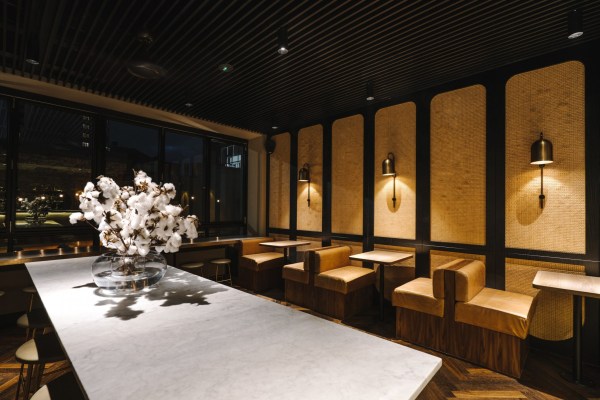
CityMag: What does Paloma give to our city?
Claire Kneebone: Paloma provides Adelaide with a unique setting to the existing venues in the laneway scene. Peel Street is a thriving metropolis of small bars and bistros and we are blessed with how much they diversify and give people a choice in how they engage in social interaction, the amazing food offerings and the style of service they receive. Adelaide is lucky in that we have so much variety, so many talented visionaries, with vast and diverse experiences and backgrounds that they share with our community.
Paloma was driven and led by a talented team of people who understand the industry and are passionate about providing something different for this landscape. These spaces are a part of what makes a thriving community and what drives people to share their knowledge and trust in the people, including architects and designers, to help bring their vision to life. Hospitality is about making a livelihood by bringing people joy and serving them up an exciting experience and maybe something they have not seen or tasted before.
What role will design and architecture play in Adelaide’s recovery from the huge social and economic hit COVID-19 has caused?
I think Adelaide is filled with a lot of heart and a lot of substance. There is a small-town mentality in relation to geography and population, but we are driven by something bigger. The talent is here amongst many trades and connoisseurs and behind their hard work lies a passion. Because of this, I think there will be a wave of huge support to keep these businesses alive and to re-engage with people and share our experience of pandemic in these venues.
Economically, there will be many businesses that will not reopen once this is over and many that will need to pivot their business model to cater to a changed landscape. There will be more emphasis placed on the home and I am fearful for an industry that I love. However, I believe our community will reunite, stronger than ever, to reinvigorate this industry and keep it going. At whatever cost. As humans we are innately driven to socialise and connect with people, and such ceremonies – such as eating, drinking, and sharing stories – is where this feels most natural. I cannot imagine a world without these venues, but there will need to be innovation and new ways of thinking to make this viable.
View more images and vote for Paloma Bar and Pantry here.
clairekneebone.com.au
fparchitects.com.au
Part Time Lover
By Sans Arc Studio
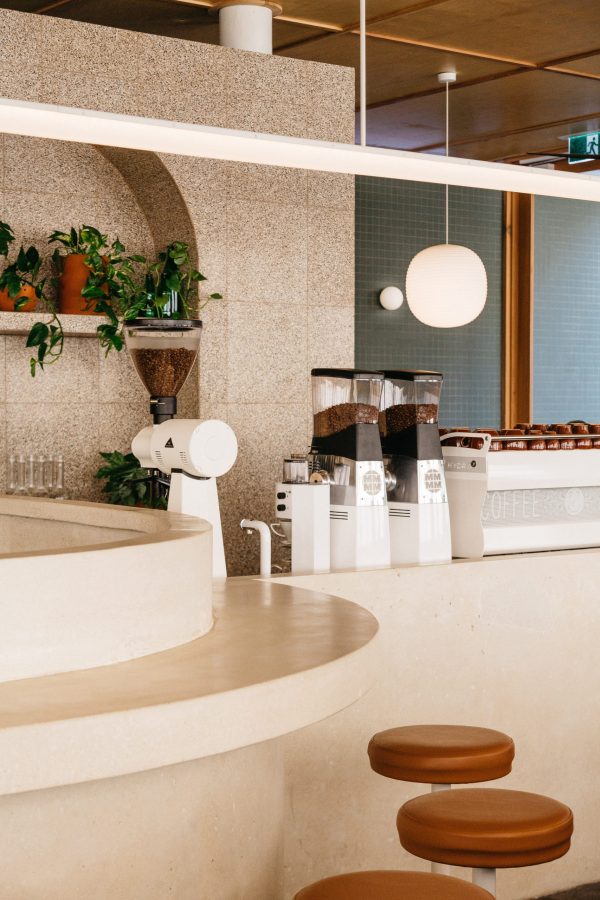
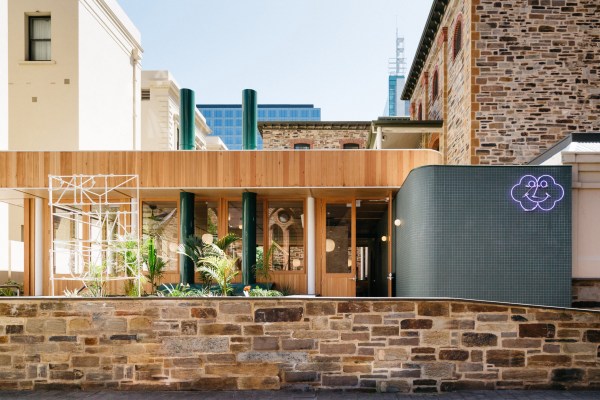
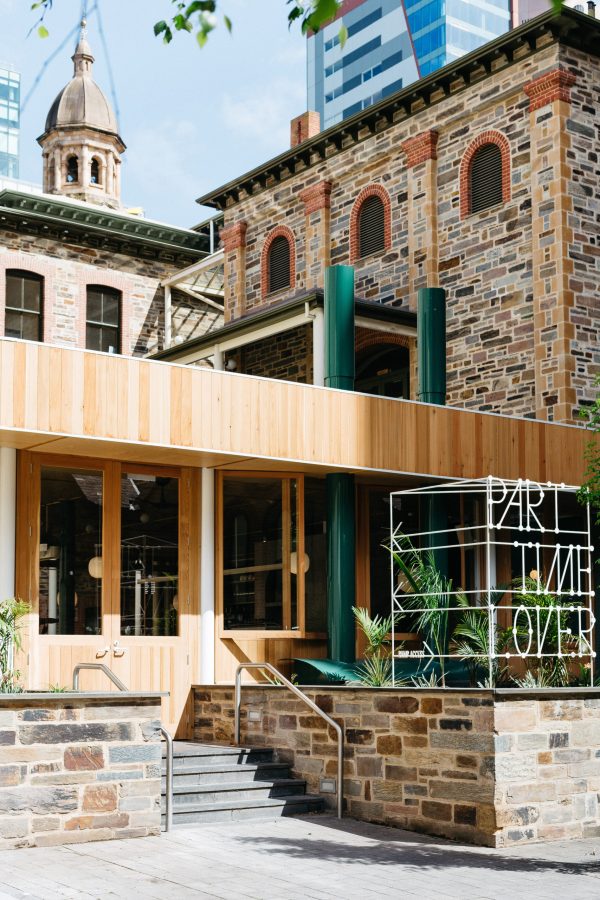
CityMag: What does Part Time Lover give to our city?
Matiya Marovich: Part Time Lover enlivens and adaptively reuses a forgotten space in the city. It gives workers and passers-by a place to escape, a warm moment tucked away in a laneway that feels like a little oasis. The project fills a gap in the market and services its location, reflecting what we thought that spot needed most, a place that is reliable, opening morning to night, light, bright and positive, and a friend that is always there. The architecture itself aims to bring something different to our city, all timber and windows, a sort of ‘modernist-sun-room’, that nestles itself in between some of Adelaide’s most significant buildings.
What role will design and architecture play in Adelaide’s recovery from the huge social and economic hit COVID-19 has caused?
As we contemplate the possibility of ‘resetting’ or adjusting the way we do things within society post-COVID-19, there is opportunity for many industries, design and architecture included, to embrace their agency more for positive change. The positive environmental impacts of COVID are a silver lining, but remind me of the environmental and carbon footprint of the work we do as designers. Sourcing locally manufactured materials, which will boost local economies along with reducing carbon emissions is one change I hope to see across the industry. It is important for us to support local business and manufacturing wherever we can, and this is just one way. For example, buying Mintaro slate over imported Italian stone – imported stone has crazy high embodied energy.
I think that when restrictions are lifted, people will have a huge desire to occupy and embrace our public spaces again. I hope this is a cultural change we embrace as a city, and something that carries on. The big role for architecture within this is to create beautiful and socially cohesive and inclusive public spaces. It is important that – as designers – we take every opportunity to give back to the community and push back on profit-driven design, aiming to build resilient, sustainable communities that are only stronger because of their public spaces and not more isolated.
View more images and vote for Part Time Lover here.
sansarcstudio.com.au
Saint Aloysius College Mural
Riggs Digital and SAC community

CityMag: What does the SAC Mural give to our city?
David Riggs: With the Chancery Lane activation, St Aloysius College genuinely set out to provide something wonderful, unique and inspiring for the community, as part of their 140 years celebration. Judging by continuous feedback, we are certainly feeling the love from those who live and work around the St Aloysius College area. A steady flow of unsolicited praise and thanks have been flowing in where residents and workers are saying the mural is ‘a delight’, is their favourite route through the city now and brightens their mood day by day. That sort of feedback is priceless.
Added to this is a cutting-edge augmented-reality experience, where you can download the free EyeJack app and watch the murals come alive on the walls of Chancery Lane and reveal stories behind each mural. Supported with mentoring, the augmented reality was a student initiative and they completed this exceptional work. With the scale of the mural, authentic student achievements, community engagement and cutting-edge augmented reality there is no project quite like this in the world. See it for yourself and be inspired.
What role will design and architecture play in Adelaide’s recovery from the huge social and economic hit COVID-19 has caused?
Two forces are likely to be in balance over the coming months and years. We will likely retain the need for good hygiene as a regiment of life going forward, and having been starved for physical social interaction during isolation, we will also have a deeper appreciation and need for physical social interaction as those opportunities reopen.
While some remote learning and working regimes may continue, architecture will play an important role like never before to ensure our work, education and social spaces encourage us to interact face to face as this is an essential and healthier way of life. While we are all doing our best to stay connected electronically in this ‘canned existence’, it highlights the inadequacy and how shallow the experience feels compared to being fully present in the same space with others. We will need more same-space interaction, and we will need it to count.
View more images and vote for the SAC Chancery Lane mural here.
riggsdigital.com
CityMag brings you the next three (of nine total) City of Adelaide Prize nominees on Tuesday in our 4pm bulletin. In the meantime, feel free to browse the nominated projects here.




